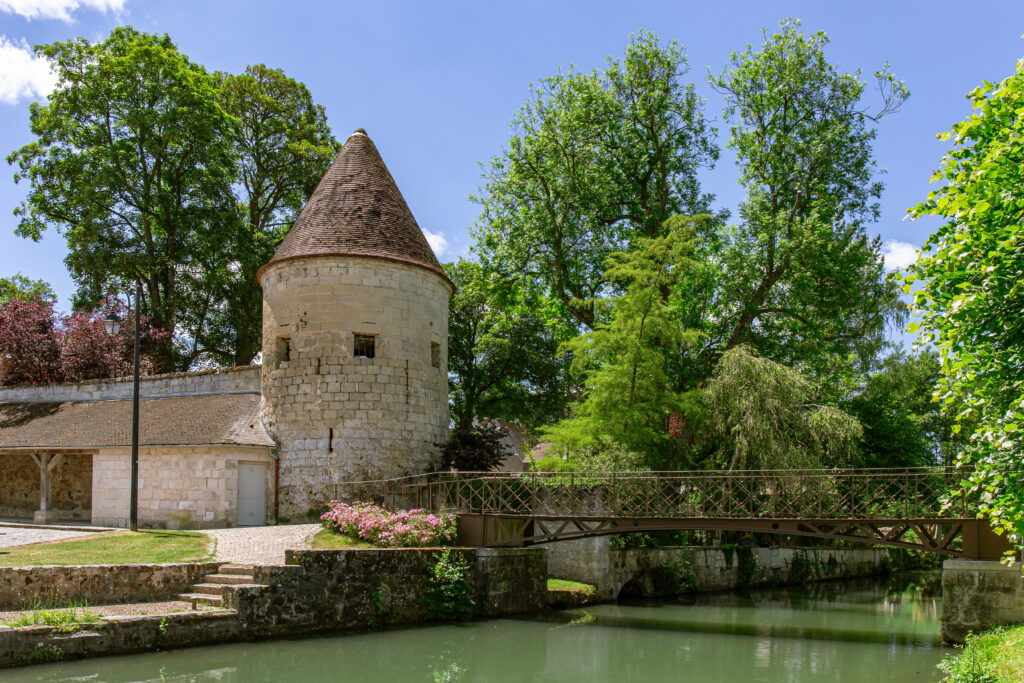
Situated in northeastern France between the Belgian border, Picardy and the Île-de-France region, the Aisne is a department with multiple influences. The department has little relief, but the great variety of its landscapes makes it a real tourist attraction. Travelers with an interest in history and heritage will appreciate the Aisne's roads, paved with numerous châteaux and abbeys surrounded by parks and gardens. The slopes of the region are dotted with vineyards, offering champagne tastings to connoisseurs. To find out more about the Aisne, discover our 17 must-sees.
1- Visit Soissons
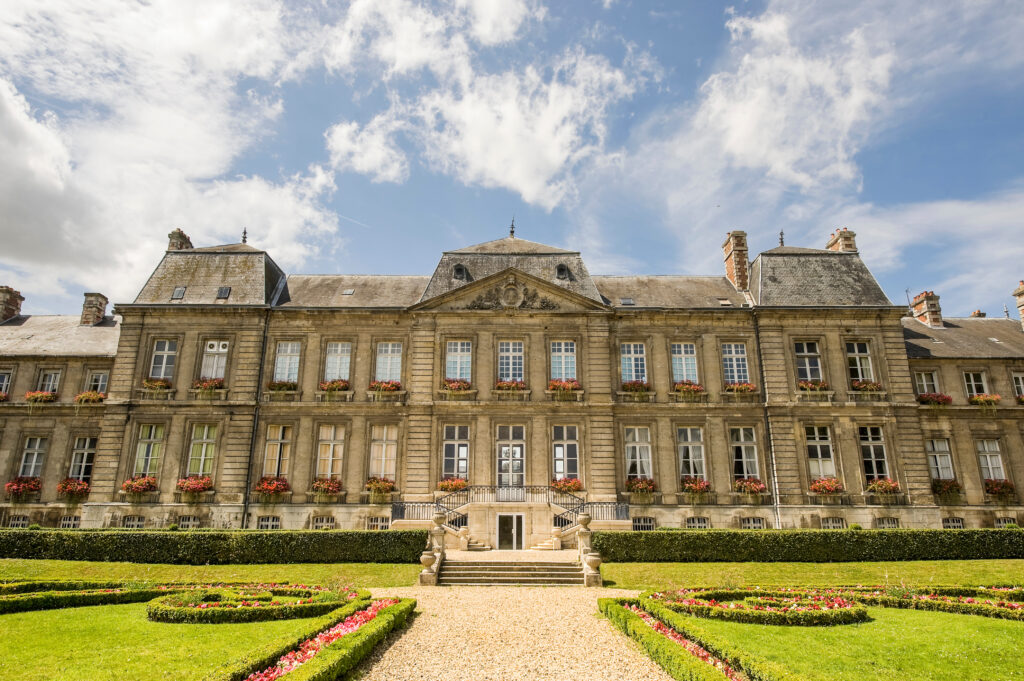
Who broke the Soissons vase? There's no vase in thisAisne town, just a wealth of architecture and culture. Explore the Cathédrale Saint-Gervais-et-Saint-Protais and admire its impressive facades. Then head to the Musée de Soissons to discover local art and history, before strolling through the Jardin des Remparts and its panoramic views over the city.
2- Guise
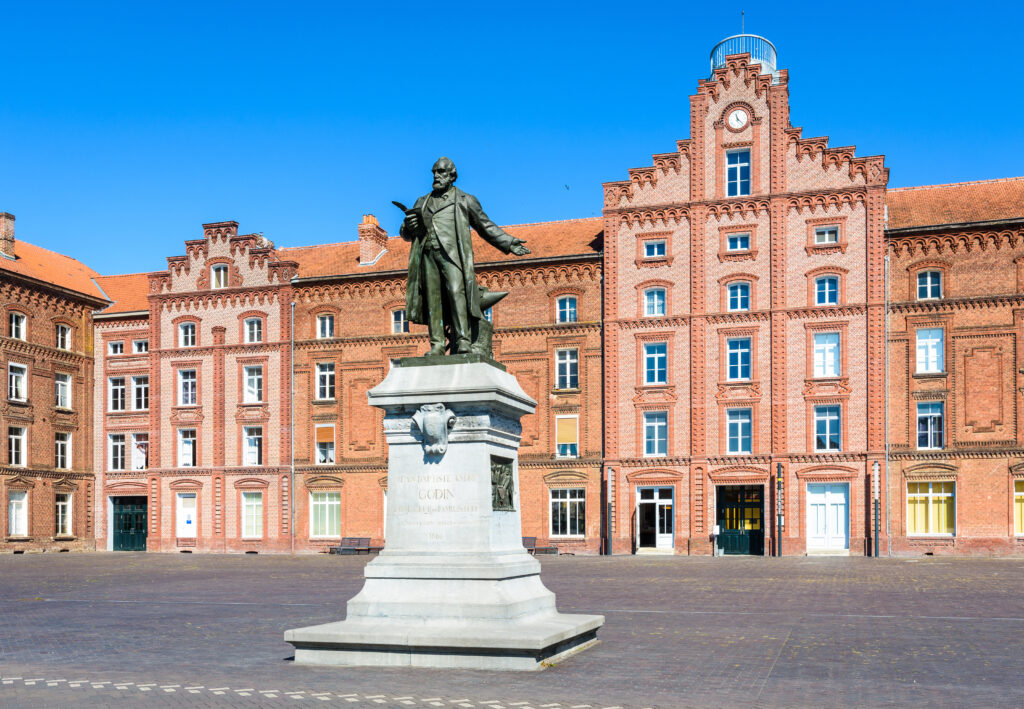
Guise is home to the Familistère de Guise, an industrial and social complex designed by Jean-Baptiste André Godin. This unique site with its striking architecture is a UNESCO World Heritage Site. Visit the Musée du Familistère to learn more about the history of the site. Also explore the Château des Ducs de Guise, a medieval fortress dating back to the 10th century, from which you'll have a breathtaking view of the town.
3- What to do in the Aisne? Walking on the Chemin des Dames
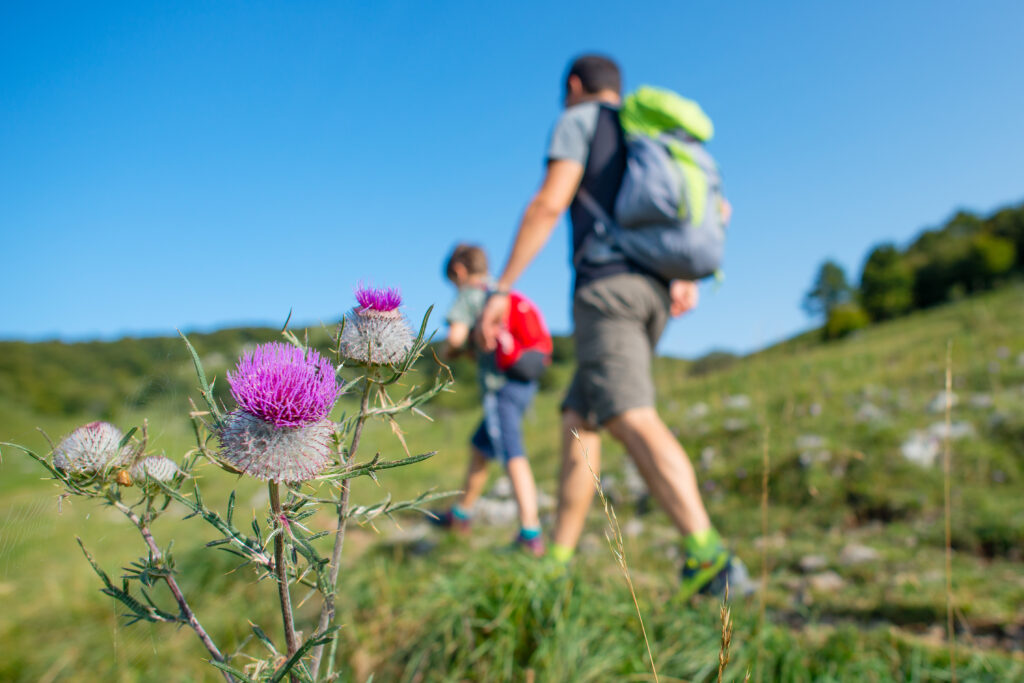
The Chemin des Dames is infamous for having been the scene of battles during the First World War. Today, this 35km hiking route illustrates the extensive damage suffered by the département. Start your walk at Craonne . Between two green landscapes, you'll come across numerous commemorations, including the Caverne du Dragon and the Plateau de Californie. Don't forget to visit the Mémorial des Batailles de Craonne to learn more about the history of the site.
As a group, enjoy a guided tour of the Chemin des Dames from Laon.
4- Plan a champagne tasting
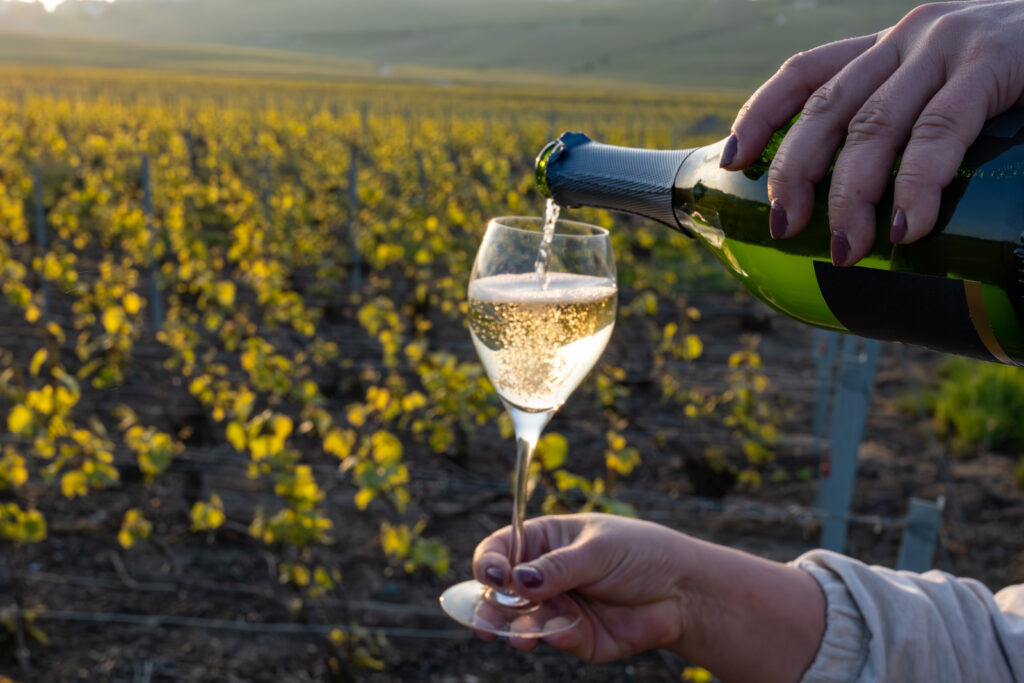
A land of champagne, theAisne is home to a number of vineyards and almost 500 small winegrowers, responsible for 10% of French champagne production. A 100km Champagne tourist trail links some of the region's most beautiful winegrowing villages. Don't miss the chance to climb to the top of Mont de Bonneil for a breathtaking view of the surrounding vineyards. And to learn more about how champagne is made, get in touch with local producers, who often offer tasting orfood and wine pairing workshops.
5- Getting to Laon
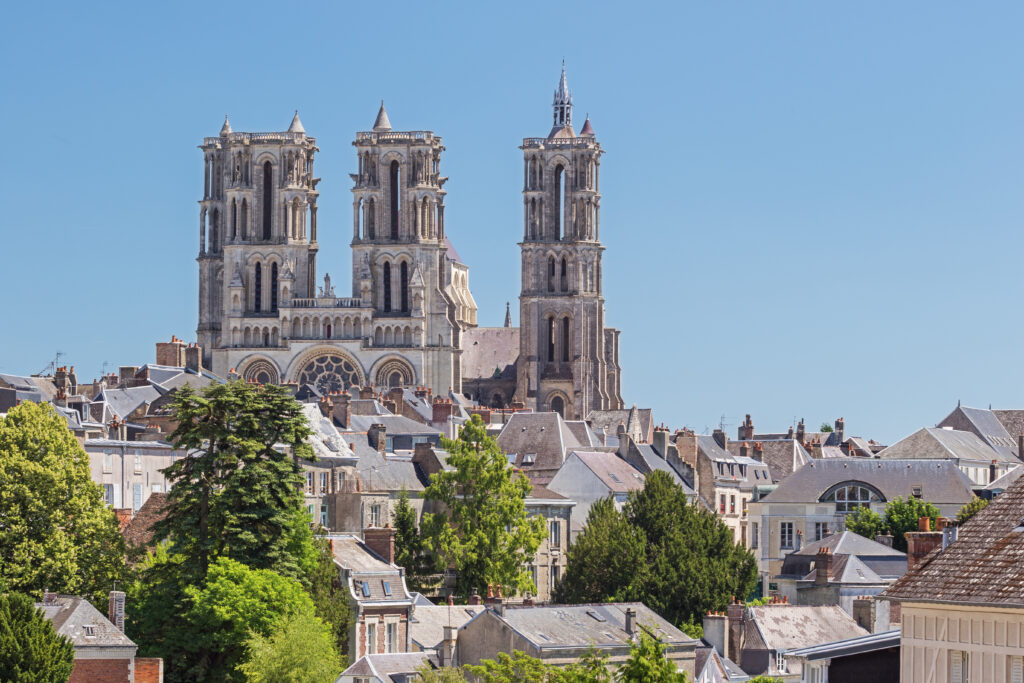
In Laon, you'll find the magnificent Cathédrale Notre-Dame de Laon, a masterpiece of Gothic architecture dating from the 13th century. Don't hesitate to take a stroll through this town, nicknamed "Belle île en terre", with its priceless architectural heritage. Perched on a hill, Laon dominates the surrounding woods and plains, and its Ville Haute offers visitors no fewer than 84 historic monuments. From the Jardins du Donjon, you can enjoy breathtaking views over the town.
6- What to do in Aisne? Château de Coucy
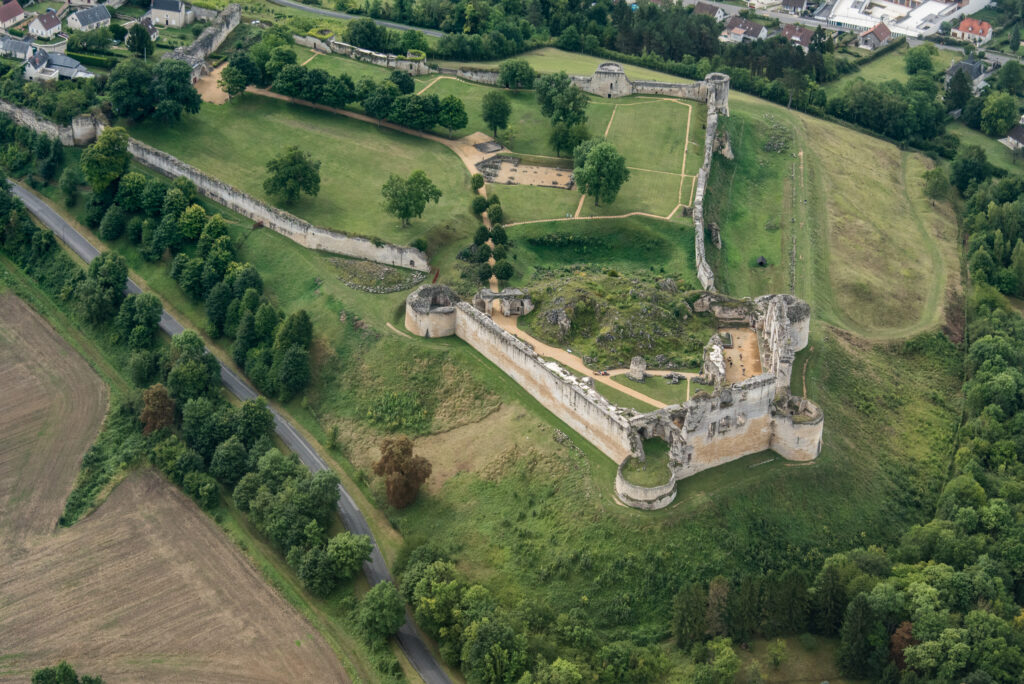
The largest medieval château in Europe at the time, Château de Coucy towers over the surrounding valley from a height of over 60m. Although only ruins remain today, it's easy to imagine the former grandeur of the site, built in the early 13th century. Listed as a historic monument, discover the site by admiring the ramparts and keep, before strolling through the surrounding gardens and taking in the view of the surrounding countryside.
7- Go to Fère-en-Tardenois
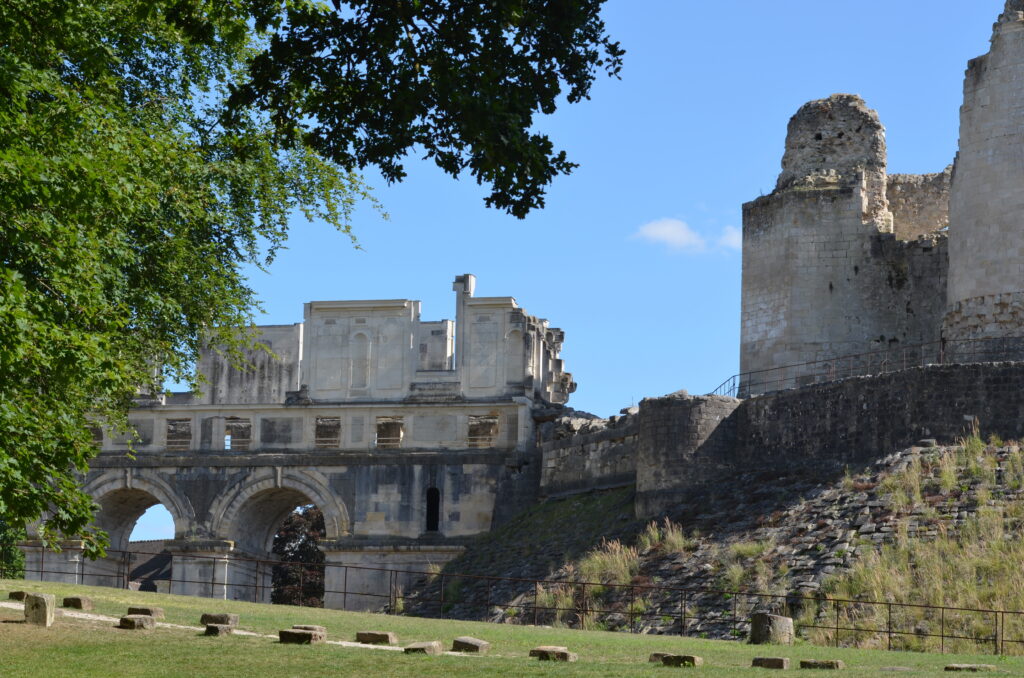
On the banks of the Ourcq River, Fère-en-Tardenois was an important Gallic and later Gallo-Roman town. Today, it is known as the birthplace of the famous sculptor Camille Claudel, and her brother Paul, poet and playwright. History buffs will want to visit the remains of Château de Fère, a jewel of medieval architecture and one of the earliest examples of "château-hotels". Take a stroll through the village center and head for the Church of Saint-Marc, before visiting the Halle aux grains, built in 1550 and listed as a historic monument.
8- Hill 204 American Monument
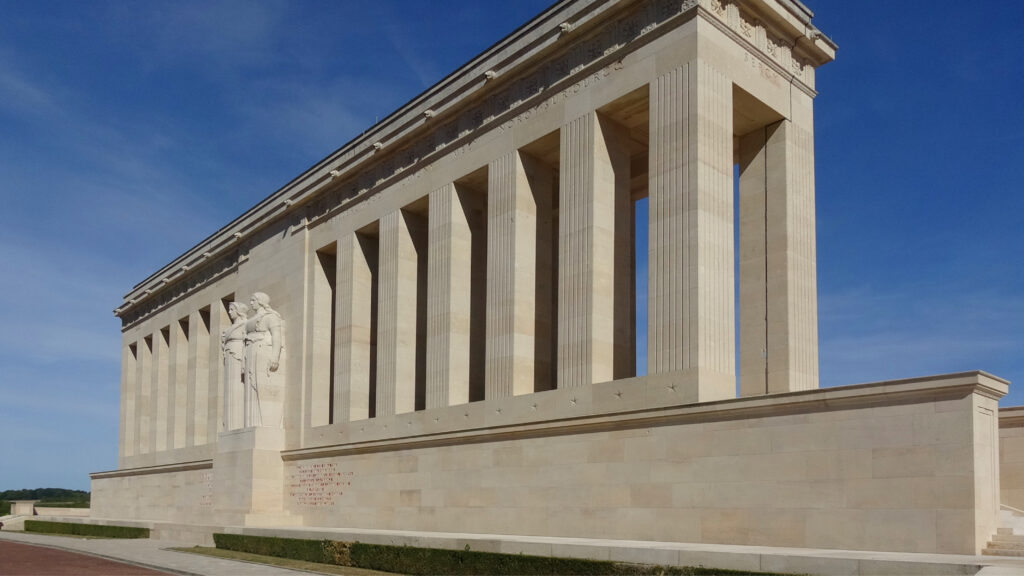
This imposing memorial stands on a hill to the west of the village of Château-Thierry. The Côte 204 American Monument was inaugurated in 1933, to pay tribute to the American and French soldiers who lost their lives during the Second Battle of the Marne in the First World War. The monument, designed by arcihtect Paul Cret, features sculptures of war heroes and a map of military operations in the region.
The village of Château-Thierry and the monument are part of our motorcycle itinerary in the Champagne region.
9- Hiking at Hottée du Diable
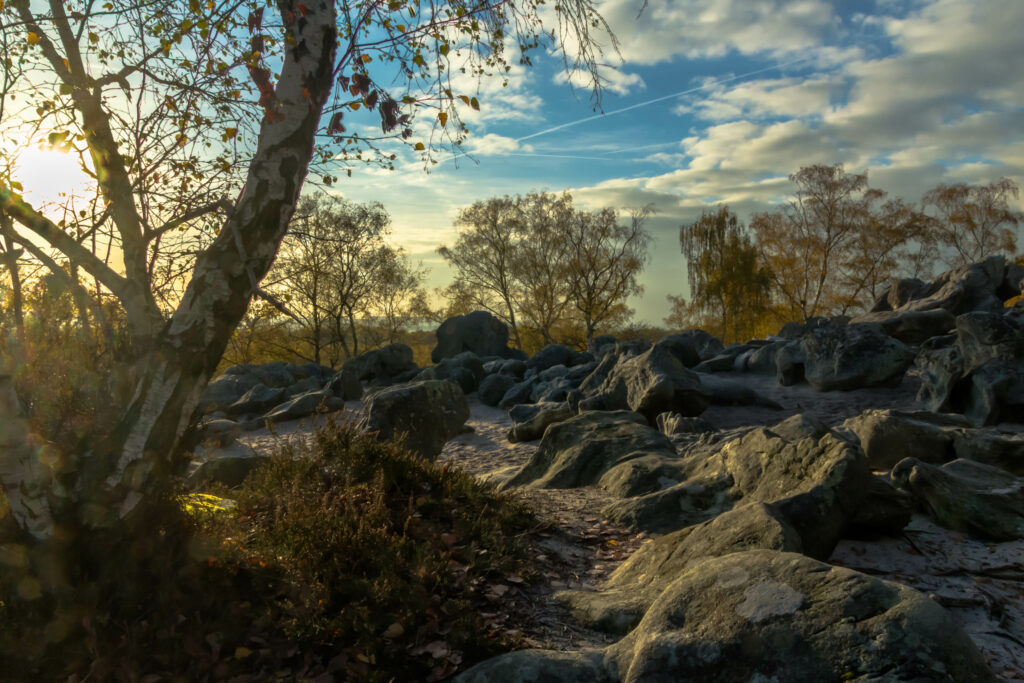
The ideal starting point for a ride to the Hottée du Diable is the village of Coincy. The site takes its name from a legend, according to which the Devil dropped rocks from his hood, frightened by the crowing of the rooster. These rock formations are actually a sandstone chaos, covering an area of 17 hectares. Marked footpaths offer walkers panoramic views over the valley.Rock climbers can try their hand at some of the site's crags.
10- Saint-Jean-des-Vignes Abbey
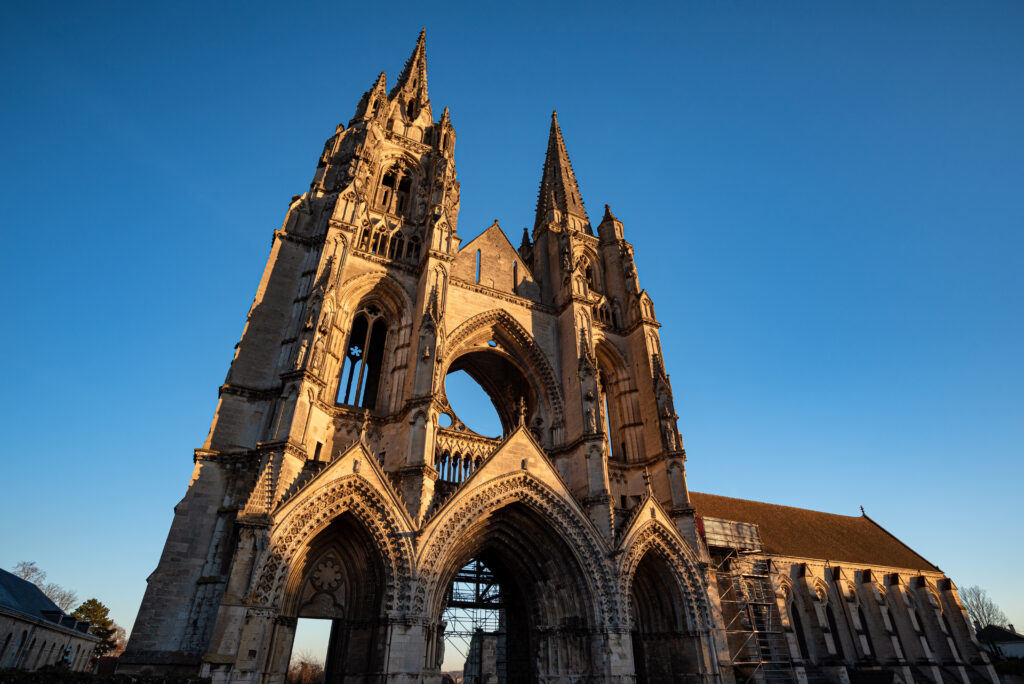
Located in Soissons, theSaint-Jean-des-Vignes Abbey is a masterpiece of Gothic architecture. With its 75m spires, it was one of the richest abbeys of the Middle Ages. All that remains of the building today are the façade, the monks' refectory, the cloister and the outbuildings. Don't miss the chance to admire these impressive ruins, before taking a stroll through the surrounding gardens , which are full of touching serenity. For more information, the site sometimes organizes exhibitions and cultural events.
11- What to do in Aisne?
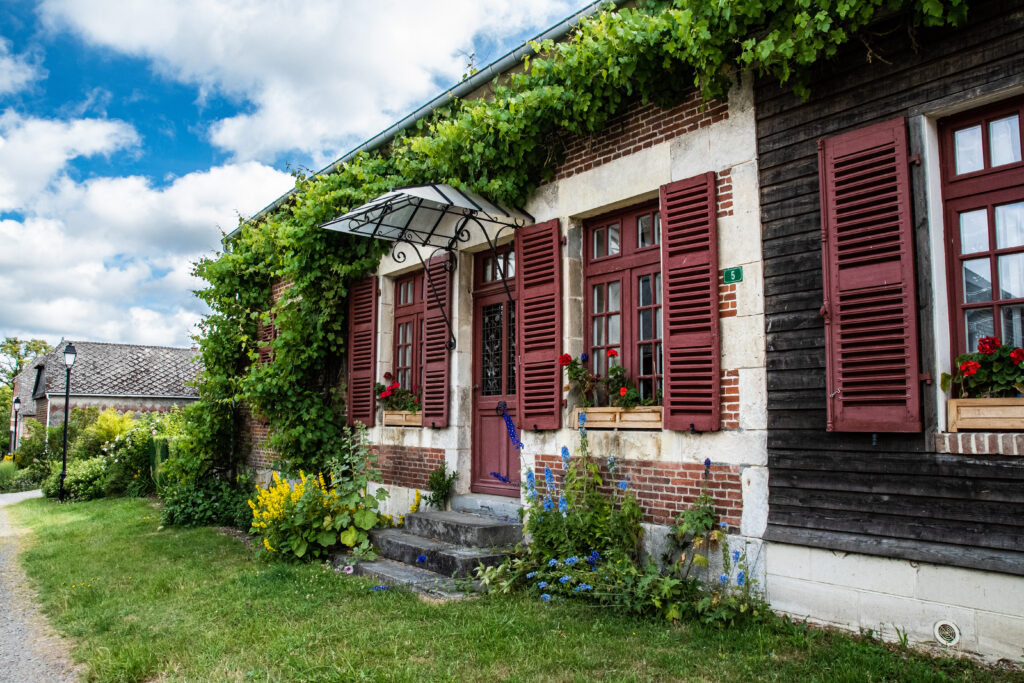
When exploring the Aisne department, be sure to visit Parfondeval. A perfect example of the construction of the Thiérarche, the local seigneury until the 18th century, the village is listed as one of France's Most Beautiful Villages. Stroll through its picturesque alleyways, where no stalls or stalls spoil the picture of a timeless town that has managed to retain its identity. Stroll past thefortified church of Parfondeval before discovering the artisanal stores and local specialties.
Discover the rest of our list of the most beautiful villages in northern France.
12- Visit the Retz forest
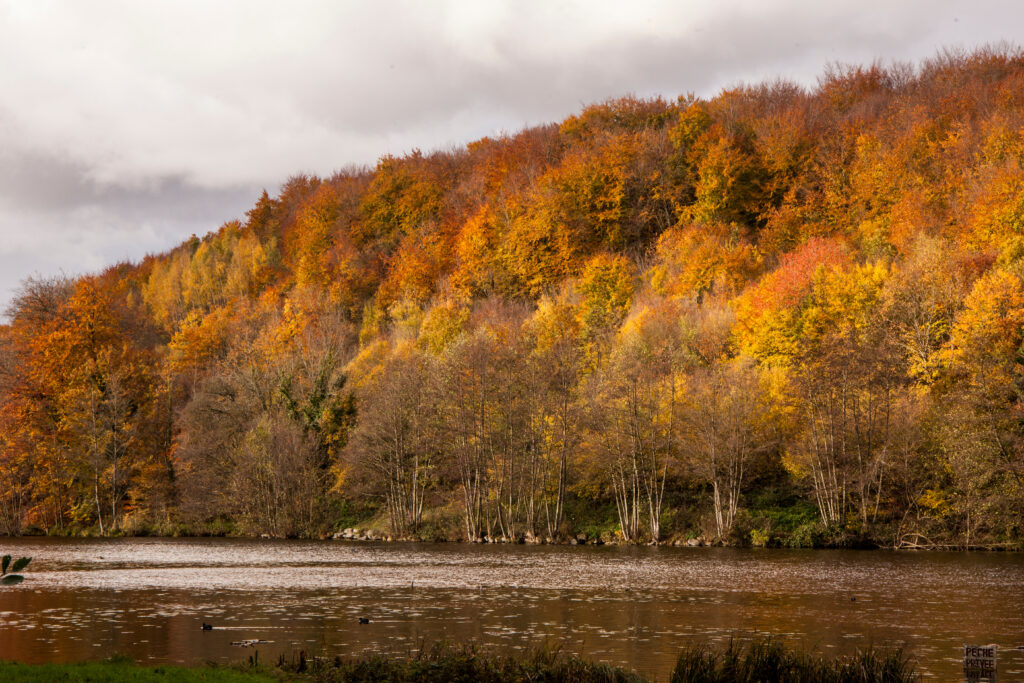
On the edge of the beautiful village of Villers-Cotterêts lies the vast state forest of Retz, one of the largest in France. The town is also the birthplace of the famous Alexandre Dumas, and home to the Château de François Ier. You can see it from the many signposted trails that criss-cross the Retz forest. Enjoy the tranquility of the area and admire the varied scenery on this walk, from ponds and clearings to shady undergrowth.
Discover our article on the best destinations for a weekend in the countryside.
13- Visit Vauclair Abbey
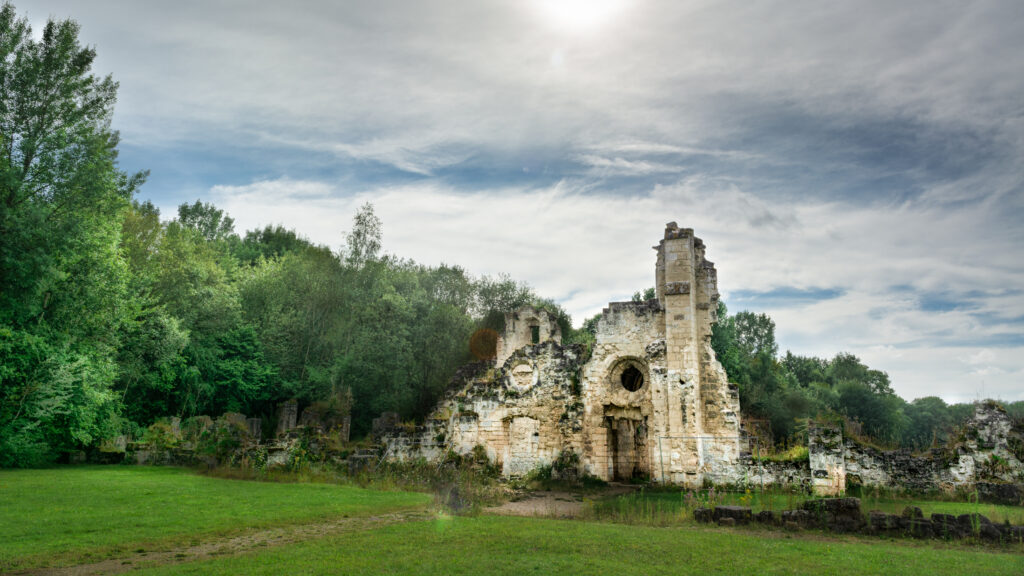
The village of Bouconville-Vauclair is home to the magnificent ruins ofVauclair Abbey. Immerse yourself in the history of this Cistercian abbey, founded in the 12th century. Stroll through the remains of this historic site and the surrounding gardensdedicated to medicinal plants to enjoy the serenity of the surroundings.
14- Go to Saint-Quentin
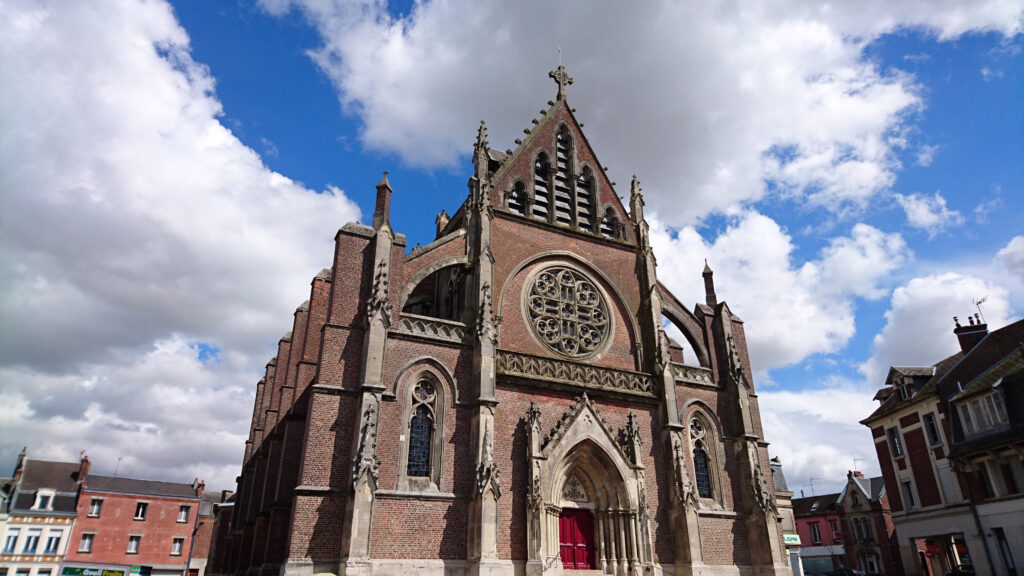
If you want to visit Saint-Quentin, start by discovering the Basilique Saint-Quentin and its impressive Gothic architecture. Don't hesitate to stroll the streets of the town center to admire the medieval houses and Art Deco facades of buildings such as the Nouvelles Galeries. Visit thechurch of Saint-Eloi and end your day on the banks of the Somme to enjoy the riverside cafés and restaurants.
15- Visit Blérancourt
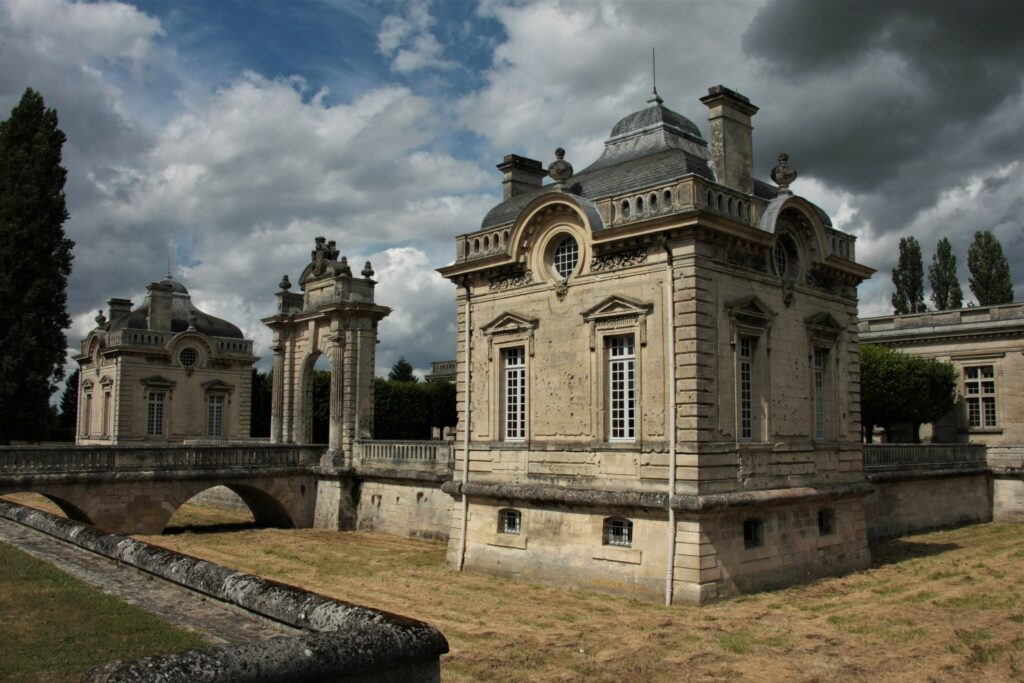
Take the time to discover Blérancourt's rich heritage. See theBlérancourdelle church, stroll through the Jardins du Nouveau Monde and make a detour to the Saint-Just house. Don't miss the Château de Blérancourt, now home to the Franco-American Museum. In the château's magnificent setting, the museum dedicates its collections to the First World War and relations between France and the United States. A stroll through the gardens is the perfect way to round off your visit.
16- What to do in Aisne? Go to La Ferté-Milon
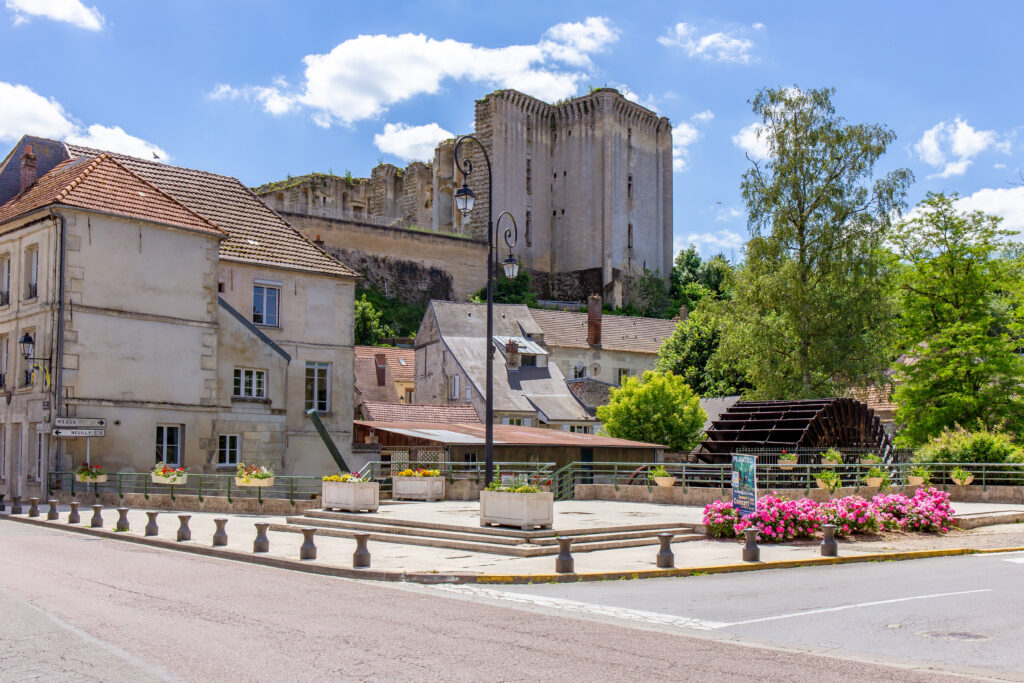
The gentle charm of La Ferté-Milon is likely to seduce more than one visitor. Visit the ruins of the Château de La Ferté-Milon andadmire the remains of this medieval fortress. Take a stroll through the pretty streets of the town center, and admire the half-timbered houses and patches of greenery that make up the village's identity. Follow the towpath along the banks of the Ourcq to enjoy the scenery, with the castle ruins as a backdrop.
17- Visit the Village des métiers d'Antan
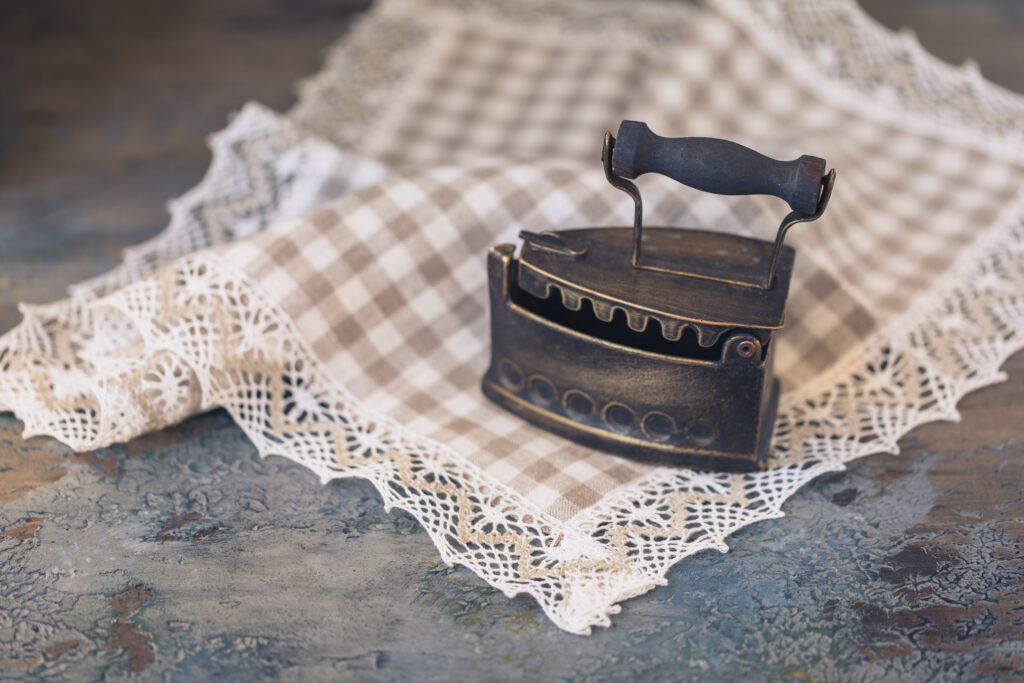
Lovers of craftsmanship and heritage can visit the Village des métiers d'Antan, located in Saint-Quentin. Housed in an old factory, this museum-village plunges you back into an era less remote than it might seem, thanks to an impressive collection of antique objects. Ideal for young and old alike, the museum recreates scenes from daily life in days gone by. A real immersion in history, rediscovering traditional trades.
What are the most beautiful towns in the Aisne?
- Laon : explore Laon Cathedral and stroll through the medieval streets of this historic town.
- Soissons : this city steeped in history offers a rich heritage, including the famous Abbaye Saint-Jean-des-Vignes.
- Saint-Quentin: this charming village with its Art Deco architecture invites you to take a stroll along the canal.
- Château-Thierry: immerse yourself in the history of the First World War and visit the Great War Museum.
- Villers-Cotterêts: discover the Château de François Ier and enjoy nature in the Retz forest.
Where to walk in the Aisne?
- In the forest of Compiègne, for its shady paths and unspoilt nature.
- On the Chemin des Dames, to discover the remains of the First World War.
- TheAbbaye de Vauclair park, for a peaceful stroll among the ruins.
- Along the Canal de l'Oise à l'Aisne, for a stroll along the water's edge.
- In the Retz forest, for hiking trails and varied landscapes.


